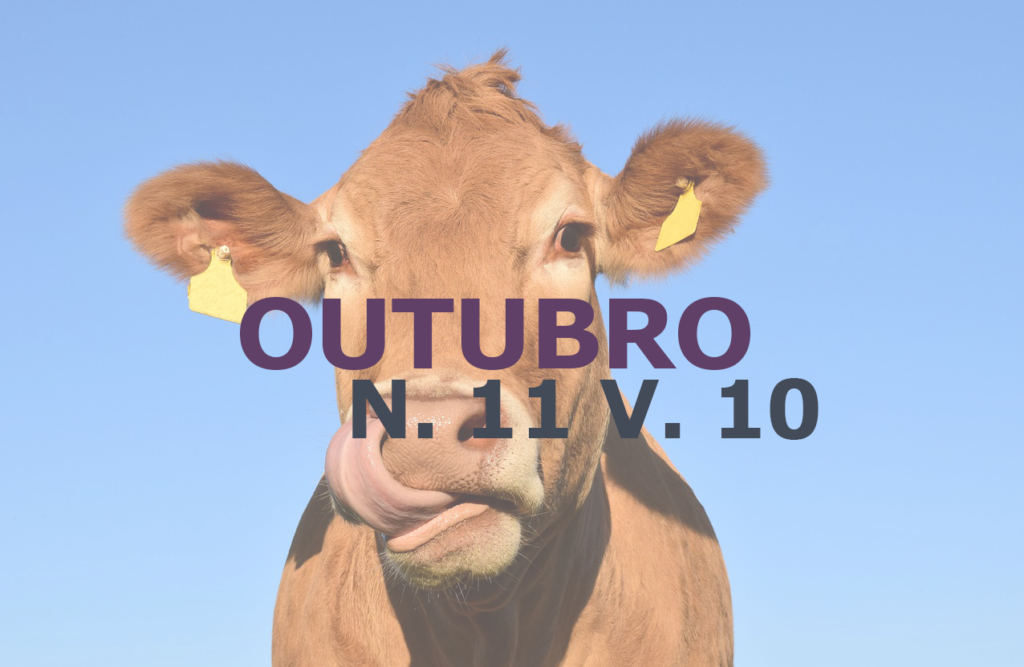FAMACHA® method as a tool to check the parasitic infestation caused by Haemonchus spp. in sheep
DOI:
https://doi.org/10.22256/PUBVET.V11N10.1015-1021Keywords:
Lambs, Native field, HematocritAbstract
Gastrointestinal parasitism accounts for most of the losses observed in sheep farms causing numerous impacts on production. In view of this the need to control these parasites within a herd becomes crucial to the success of the breeding system. The FAMACHA® is an alternative for the control of the main parasites that affect sheep since it is accompanied by other quantitative examinations such as egg counting by feces grasses and larval cultivation. Therefore the objective of the present study was to evaluate the use of the FAMACHA® in the control of helminths in naturally infested sheep in the native field. The parasite infestation was monitored at intervals of 21 days using the method of counting eggs per grams of feces and cultivation of larvae to identify the parasites found in the herd. The animals were also submitted to evaluation of the degree of anemia by the FAMACHA® and for their validation the hematocrit and the verification of the globular volume (VG) (%) were performed. Regarding the parasitic load the sheep presented egg count per gram of faeces mean for spring and summer of respectively 949 and 1080. From the cultivation of larvae it was possible to verify the occurrence during the spring of 73 and 25% of the genus Haemonchus spp. followed by 22.25% of Trichostronylus spp. with less occurrence nematodes of the genus Strogyloides spp. Bonostomum spp. Oesophagostomum spp. and Ostertagia spp. after the FAMACHA® mean values for spring and summer were 1.80 and 2.83 respectively. When the hematocrit was performed it was possible to verify that the GV obtained at the beginning of the experiment (summer) and the end (spring) remained the same (34%) corresponding to scale 1 (one) of FAMACHA®. The FAMACHA® can be used as a tool for parasitological diagnosis in small ruminants. Also it should be noted that other techniques are used concomitantly to obtain a more accurate result in order to improve the efficiency of the herd control.
Downloads
Published
Issue
Section
License
Copyright (c) 2017 Daniel Gonçalves da Silva, Bruna Martins de Menezes, Arthur Fernandes Bettencourt, Ana Cecília Frantz, Marcele Ribeiro Corrêa, Gabriella Ruszkowski, Anelise Afonso Martins, Larissa Picada Brum, Lourdes Caruccio Hirschmann

This work is licensed under a Creative Commons Attribution 4.0 International License.
Você tem o direito de:
Compartilhar — copiar e redistribuir o material em qualquer suporte ou formato
Adaptar — remixar, transformar, e criar a partir do material para qualquer fim, mesmo que comercial.
O licenciante não pode revogar estes direitos desde que você respeite os termos da licença. De acordo com os termos seguintes:
Atribuição
— Você deve dar o crédito apropriado, prover um link para a licença e indicar se mudanças foram feitas. Você deve fazê-lo em qualquer circunstância razoável, mas de nenhuma maneira que sugira que o licenciante apoia você ou o seu uso. Sem restrições adicionais
— Você não pode aplicar termos jurídicos ou medidas de caráter tecnológico que restrinjam legalmente outros de fazerem algo que a licença permita.





